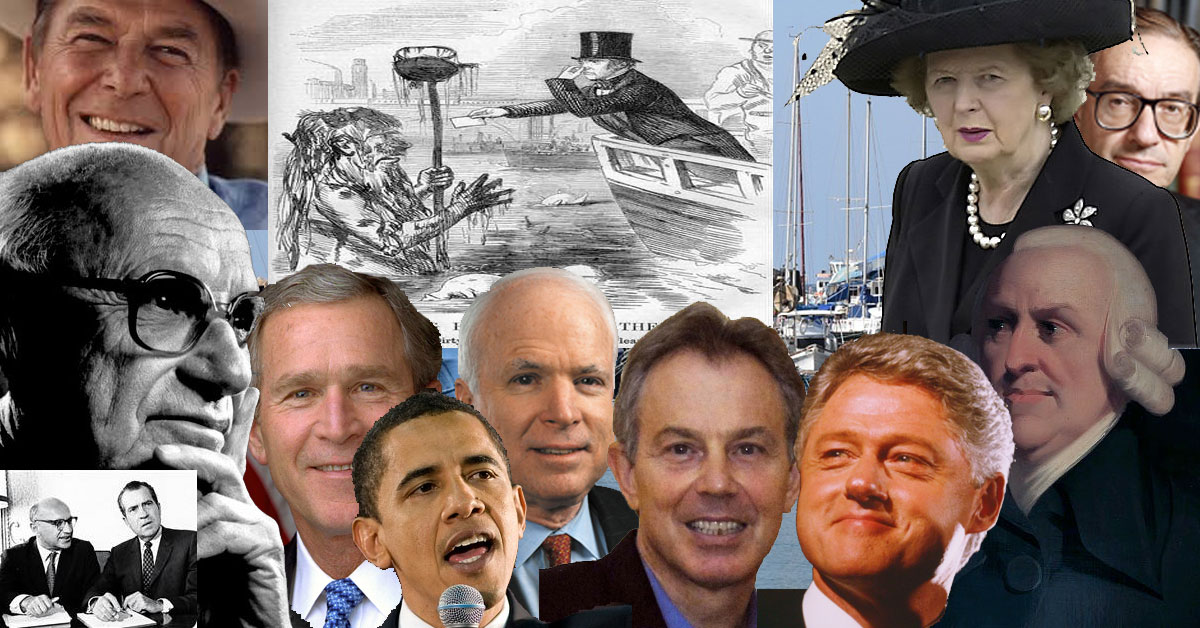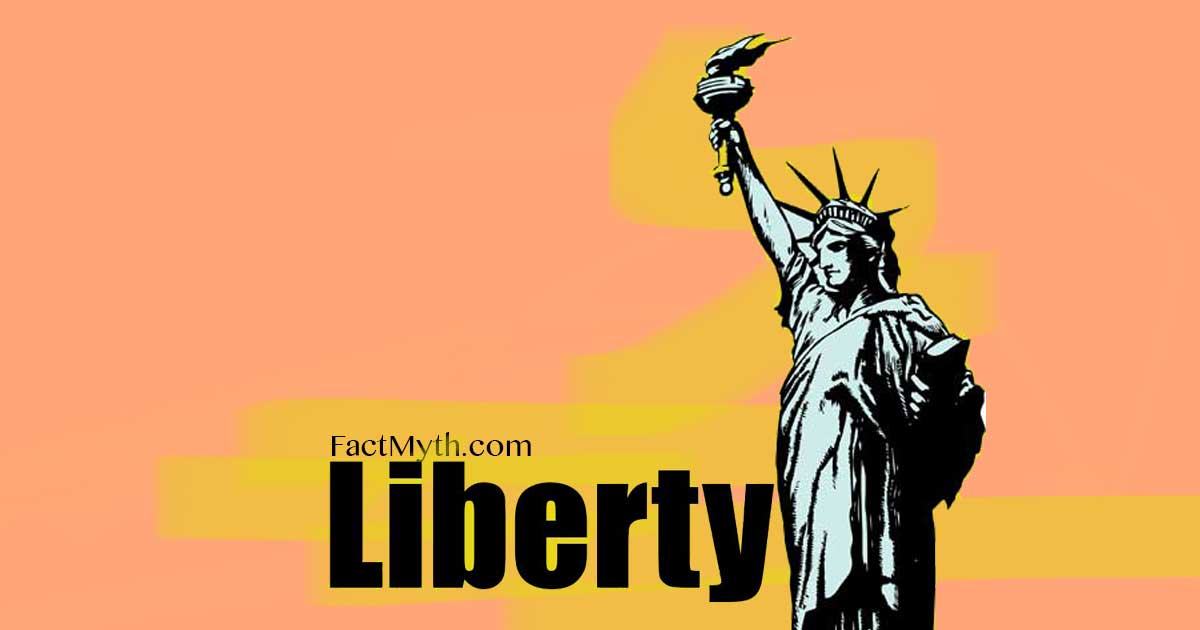What is Social Liberalism?

Social liberalism is the ideology of collective liberties and rights that favors social welfare and justice. It comes in a political and economic form.
John Maynard Keynes is the father of modern macroeconomics, modern social liberal economics, and generally Keynesian economics and it’s various offshoots. Keynesian economics, and it’s offshoots, are the basis of modern economics. The rival school of economics is classical economics which arises from the other father of modern economics Adam Smith. Keynesian economics can be summed up as approving of government intervention in the free-market, the most famous first example of Keynesian economics in action is FDR’s New Deal.

Social liberalism is the ideology of collective liberties and rights that favors social welfare and justice. It comes in a political and economic form.

Neoliberalism is an economically-minded evolution of classical liberalism focused on deregulation, trade, and the private market. It is a “middle way” or “third way” between liberalism and conservatism.

We explain liberalism and conservatism, including the different social and classical types of liberalism and conservatism.

Isaac Newton produced many well-known works in math, astronomy, and physics, but he produced about as many unpublished works which dealt with theology, alchemy, and the occult.

Classical liberalism arose in opposition to state-imposed religion and aristocracy in the 1600 – 1700’s during the Age of Enlightenment in Europe and America.

On this page, we look at political parties from a historical perspective to better understand the underlying left-right politics all political parties are based on.

“The invisible hand” is a term used by Adam Smith to describe the theory that self-interest leads to social and economic benefits in a free-market.